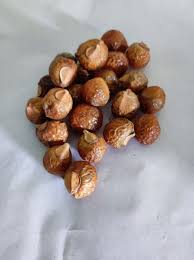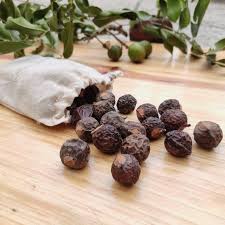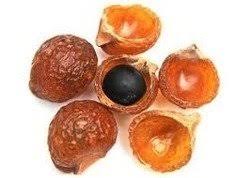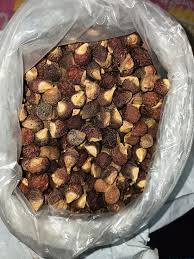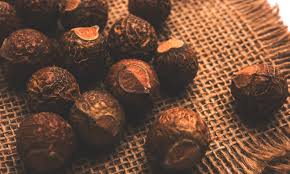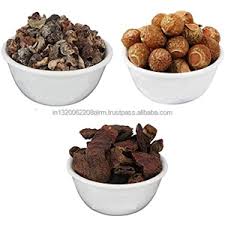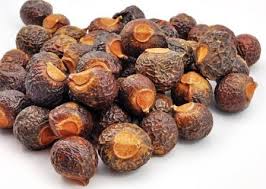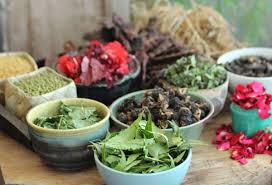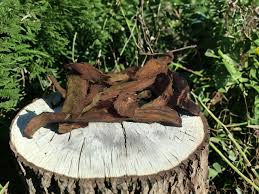Amla for Joint Pain Relief: Natural Treatment Options
Joint pain is a common health issue that affects people of all ages. Whether it’s due to arthritis, inflammation, aging, or injury, joint discomfort can significantly reduce mobility and quality of life. In search of natural and long-term relief, many individuals turn to Ayurvedic remedies, which focus on healing the body holistically. Among these, Amla (Indian Gooseberry) stands out as one of the most powerful natural treatments for joint pain and inflammation.
Packed with vitamin C, antioxidants, and anti-inflammatory compounds, Amla works to nourish the joints, reduce stiffness, and rebuild connective tissues. This article explores how Amla supports joint health, its benefits from an Ayurvedic perspective, and how you can incorporate it into your wellness routine for pain-free living.
Long Description
- Understanding Joint Pain and Its Causes
Joint pain can stem from multiple conditions, including:
Osteoarthritis – Cartilage degeneration due to age or wear
Rheumatoid arthritis – Autoimmune inflammation of joints
Gout – Uric acid accumulation in joints
Injury or overuse – Strains or trauma
Nutritional deficiency – Especially vitamin C and collagen
Pain is often accompanied by swelling, stiffness, reduced range of motion, and inflammation. Most treatments focus on temporary pain relief. Amla, however, works on the root cause by improving immunity, reducing inflammation, and promoting tissue repair.
- Amla in Ayurveda for Joint Health
In Ayurveda, Amla is considered a Rasayana, meaning a rejuvenating herb that promotes longevity and balances all three doshas—Vata, Pitta, and Kapha. Joint pain is often associated with Vata aggravation, leading to dryness, cracking, and degeneration of tissues. Amla pacifies Vata and provides:
Deep tissue nourishment
Anti-inflammatory support
Rejuvenation of bones and cartilage
Improved flexibility and strength
Ayurvedic classics like Charaka Samhita recommend Amla as one of the top remedies for age-related degeneration and joint weakness.
- Nutritional Composition of Amla Beneficial for Joints
Amla is rich in:
Vitamin C – Boosts collagen production and immunity
Antioxidants – Reduces oxidative stress in joints
Calcium and Iron – Strengthens bones and blood flow
Polyphenols and flavonoids – Combat inflammation and degeneration
Emblicanin A & B – Rejuvenate tissues and prevent wear and tear
These nutrients work in synergy to protect cartilage, enhance synovial fluid, and reverse cellular damage in joints.
- How Amla Helps Relieve Joint Pain
A. Reduces Inflammation
Inflammation is a major cause of joint pain. Amla contains compounds that inhibit inflammatory cytokines like TNF-α and IL-6, which are elevated in arthritis.
B. Enhances Collagen Formation
Vitamin C in Amla is essential for collagen production, which maintains joint cushioning and elasticity.
C. Acts as a Natural Detoxifier
Amla supports liver and kidney detox, which helps flush out uric acid and toxins from the body—helpful in gout and rheumatic conditions.
D. Strengthens Bones and Cartilage
Amla improves calcium absorption, promoting bone density. It also helps preserve cartilage from degeneration.
E. Provides Antioxidant Protection
Free radicals can accelerate joint degeneration. Amla’s high antioxidant content neutralizes oxidative stress.
- Research and Clinical Studies
Modern science supports Amla’s role in joint pain relief:
A 2011 study in the Journal of Medicinal Food found that Amla extract reduced joint inflammation and improved mobility in arthritic rats.
A 2013 study published in the Indian Journal of Pharmacology concluded that Amla has anti-arthritic and analgesic effects.
Research in Phytotherapy Research also highlighted Amla’s ability to reduce oxidative damage and cartilage wear in osteoarthritis models.
These findings confirm the traditional Ayurvedic wisdom regarding Amla’s joint-protective role.
- How to Use Amla for Joint Pain Relief
There are several ways to consume Amla for joint health:
A. Fresh Amla Juice
How to Use: Mix 15–20 ml of fresh Amla juice with warm water on an empty stomach.
Benefits: Detoxifies and improves collagen synthesis.
B. Amla Powder
How to Use: Mix 1 teaspoon of Amla powder with honey or warm water, once or twice daily.
Benefits: Nourishes tissues, reduces Vata, and boosts immunity.
C. Amla Capsules or Tablets
How to Use: Take as per label or under Ayurvedic guidance.
Benefits: Convenient for daily dosage with consistent benefits.
D. Amla and Turmeric Decoction
How to Use: Boil Amla powder with turmeric and ginger in water. Strain and drink.
Benefits: Combines powerful anti-inflammatory properties.
E. Amla Murabba or Chyawanprash
How to Use: Consume 1 spoon of Chyawanprash (Amla-based Ayurvedic tonic) daily.
Benefits: Rejuvenates joints, strengthens immunity, supports digestion.
- Amla Oil Massage for Joint Relief
Besides internal use, Amla can be used externally:
Amla oil (infused with sesame or coconut oil) can be massaged on swollen or painful joints.
Regular application helps improve blood circulation, reduce swelling, and ease stiffness.
Warm oil massage before bath is highly beneficial for arthritis patients.
- Best Combinations with Amla for Joint Health
To enhance Amla’s effect, combine it with other anti-inflammatory herbs:
Turmeric (Haldi): Potent anti-inflammatory and antioxidant
Ashwagandha: Strengthens bones and reduces stress-related inflammation
Guggul: Detoxifies and treats arthritis
Shallaki (Boswellia): Eases joint swelling and improves flexibility
Ginger (Adrak): Reduces stiffness and enhances circulation
These combinations are often found in Ayurvedic joint-care formulations.
- Daily Routine for Managing Joint Pain with Amla
Follow this daily plan for long-term relief:
Time Activity
Morning Amla juice with warm water on an empty stomach
Midday Amla powder with honey post-lunch
Evening Herbal Amla-Turmeric tea
Before Bed Light oil massage with Amla oil
Add light stretching, yoga, or gentle walks to promote circulation and joint flexibility.
- Precautions and Tips
Always use pure, organic Amla products without preservatives.
Avoid excessive intake if you have a history of low blood pressure.
If you’re on medication for arthritis or blood thinners, consult a healthcare provider.
For best results, combine Amla with dietary adjustments, hydration, and moderate exercise.
- Who Can Benefit Most from Amla for Joint Pain?
Elderly individuals experiencing stiffness or bone loss
People with arthritis or early signs of osteoarthritis
Athletes prone to injuries and overuse inflammation
Women post-menopause dealing with calcium deficiency and bone weakening
Anyone looking to reduce dependence on painkillers
Amla offers a gentle, nourishing way to restore joint health over time.
Conclusion
Joint pain, whether caused by inflammation, wear-and-tear, or autoimmune conditions, can significantly hinder daily life. Instead of masking symptoms with temporary solutions, Amla provides a natural and holistic approach to healing from within.
From boosting collagen and reducing inflammation to strengthening bones and detoxifying the system, Amla supports joint health at multiple levels. Backed by both Ayurvedic tradition and modern research, Amla can be your daily ally in fighting pain, improving flexibility, and living with comfort and mobility.
Incorporate Amla into your diet, routine, or Ayurvedic therapies—and experience relief rooted in nature.


